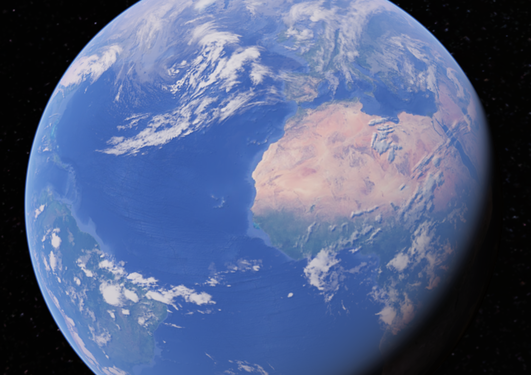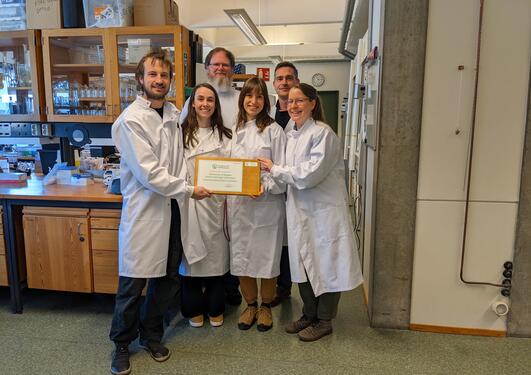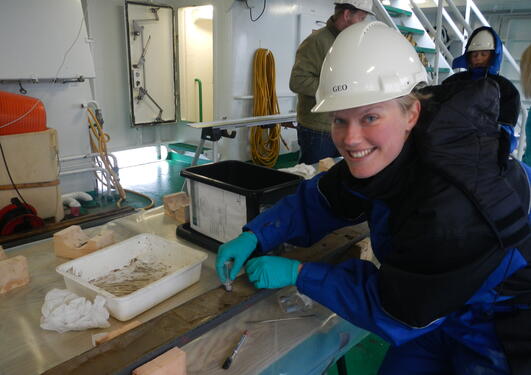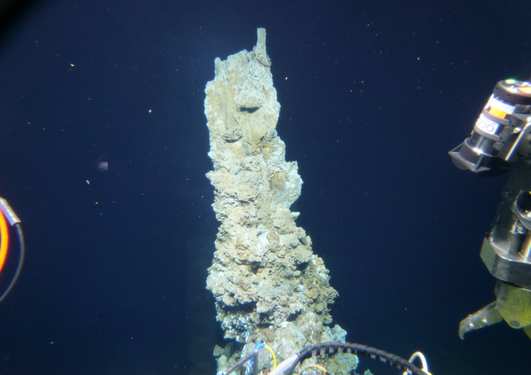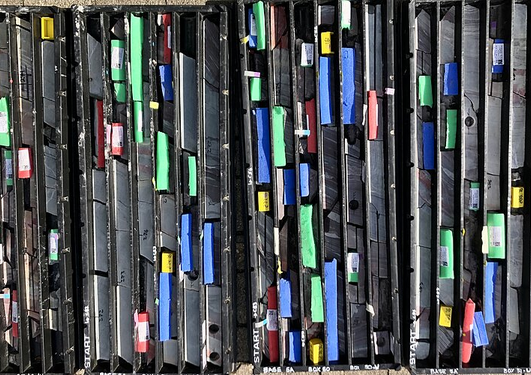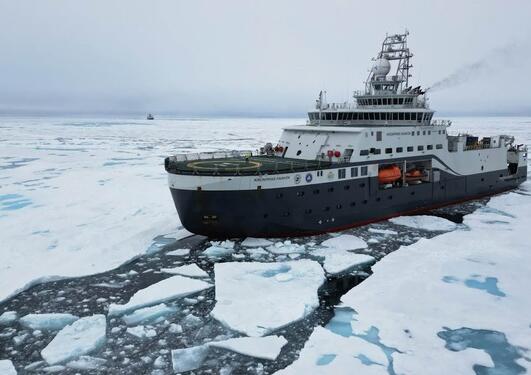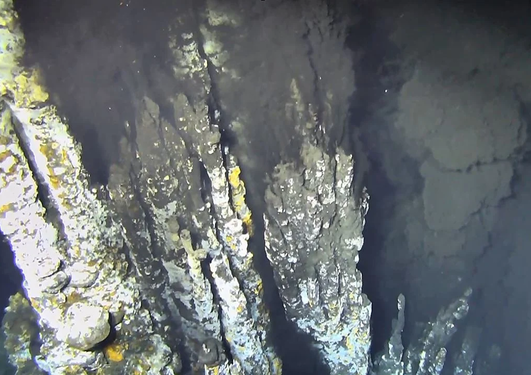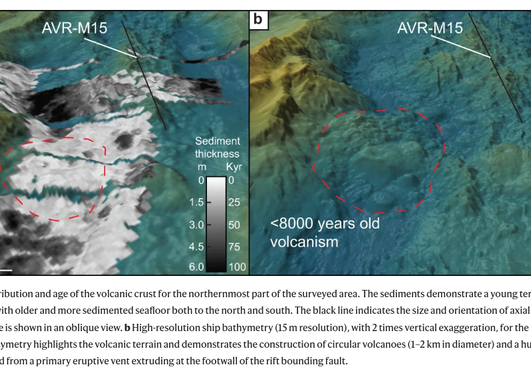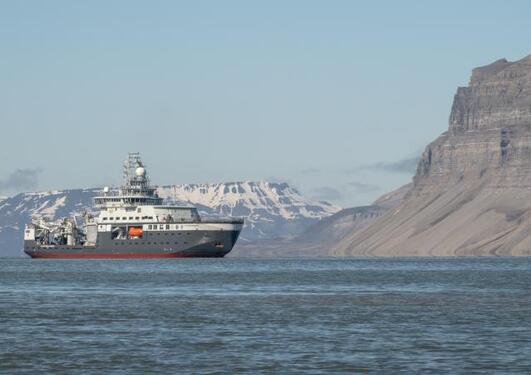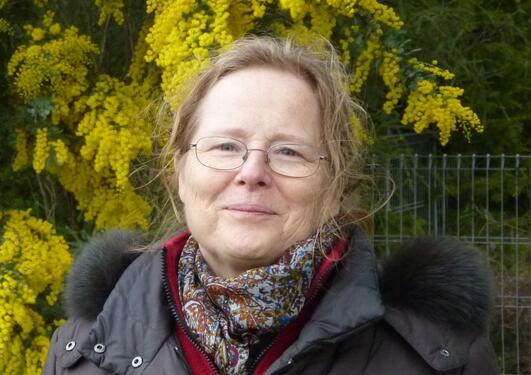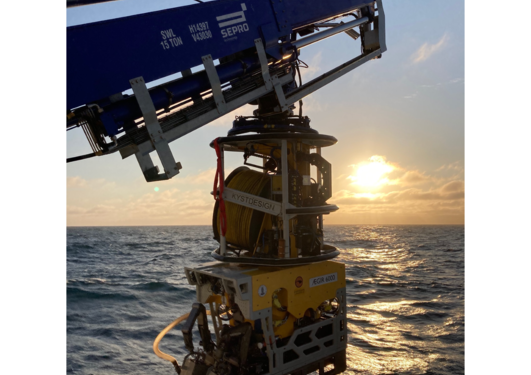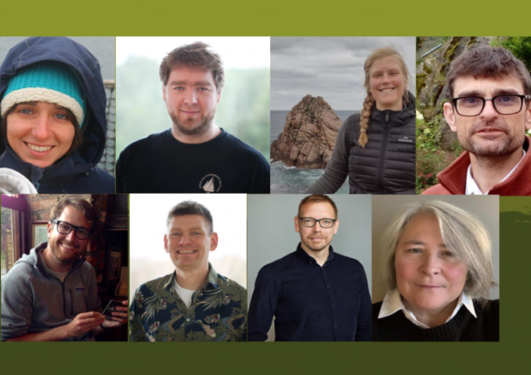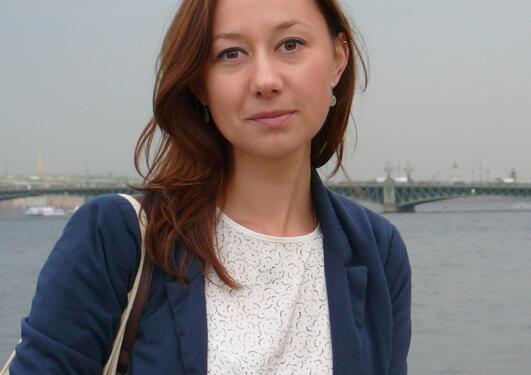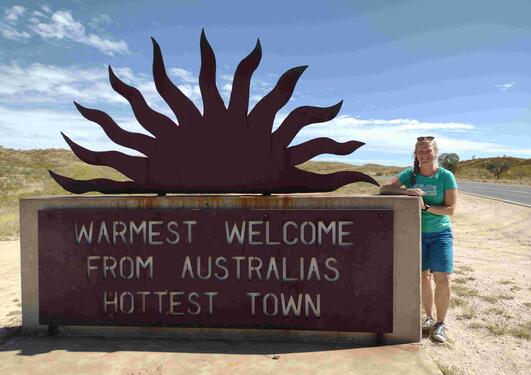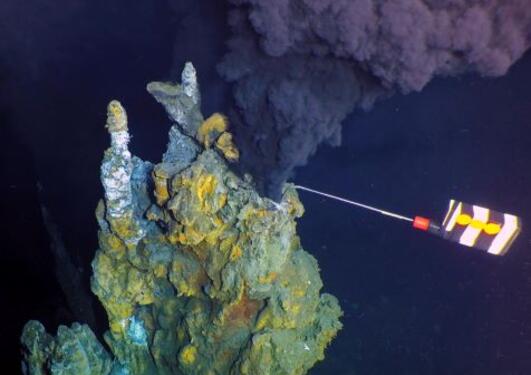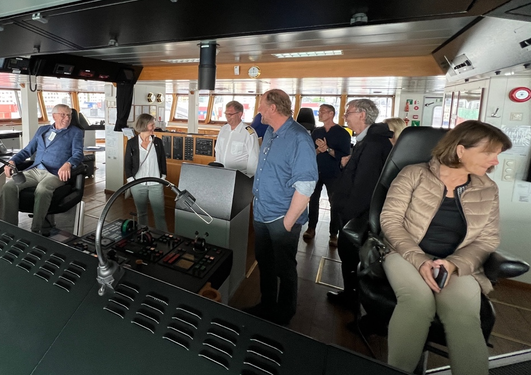News archive for Centre for Deep Sea Research
A lot is happening next week in Bergen, with among other the One Ocean week and the Ocean outlook events. Several members of the Centre for Deep Sea Research are involved in various events.
The Geomicrobiology Laboratory at UiB becomes the first public laboratory in Norway to receive the environmental certification from My Green Lab. The work on the certification has been done with support from the UiB Climate Fund.
Are inactive hydrothermal area really inactive? Maybe not... At least not microbiologically.
New microbiology research shows inactive hydrothermal vents are not so ‘dead’ after all (01.02.2024)
A new microbiology study points to highly active microorganisms living on ‘dead’ chimneys long after fluid flow has ceased to supply them with traditional chemical fuels. The findings have important implications for understanding inactive hydrothermal vents of commercial interest for deep-sea mining.
What did the surface of Earth look like more than three billion years ago? What kinds of microbes lived there and when did they start producing oxygen? And what was the temperature and composition of the ancient oceans and atmosphere? Big questions like these is what drew a group of 41 scientists to sunny Berlin last week, including our Associate professor Desiree Roerdink.
Underneath the ocean floor, thrives a vast biosphere which activity profoundly impacting our global environment; from the air that we breathe, to the balance of the global carbon budget. The functioning of this biosphere is what the new director at the Centre for Deep Sea Research at UiB, Steffen Leth Jørgensen, seeks to understand.
Scientists taking part in the 2023 GoNorth expedition have discovered a new hydrothermal field – an area with sea floor hot springs – in the Lena Trough, part of a mid-ocean ridge between Svalbard and Greenland.
Early August, the GONORTH cruise organised by several Norwegian institutions came to an end. On its last ROV dive, a new hydrothermal vent field, named Ultima Thule, was discovered on the Lucky Ridge!
Håvard Stubseid and his colleagues just published a new article in Nature communication.
The ongoing GONORTH cruise is pushing the limits of deep sea exploration in the north.
The Center for Deep sea will host a workshop on compositional data analysis with Vera Pawlowsky-Glahn and Juan José Egozcue from the 14th to the 18th of August.
Members of the Center for Deep Sea Research and the University of Athens have received funding from Akademia Avtalen to organize a field-based course on the Island of Milos (Greece). Here is the description and the application link.
Francesca vulcano and her coworkers have been awarded the 2022 best article award from FEMS microbiology ecology. The article investigates the evolution and adaptation to different environments of anaerobic methane oxidizing Archaea.
While the majority of the Centre for Deep Sea researchers have gone out to the Norwegian Sea this summer to study seafloor processes and hydrothermal vents, Desiree Roerdink flew to the other side of the world to do exactly the same thing – in rocks that are more than three billion years old.
The first-known, off-axis, high-temperature deep-sea hydrothermal vents along a portion of the northern East Pacific Rise are hotter and cover more area than any other hydrothermal vents studied to date along this section of the mid-ocean ridge. The discovery demonstrates that there are more hydrothermal vents in the deep-sea than previously thought, and underscores the need for high-resolution... Read more
Pages
- April 2024 (1)
- March 2024 (1)
- February 2024 (2)
- September 2023 (1)
- August 2023 (3)
- July 2023 (3)
- June 2023 (1)
- May 2023 (1)
- February 2023 (1)
- January 2023 (1)
- August 2022 (1)
- July 2022 (1)
- June 2022 (2)
- May 2022 (1)
- March 2022 (2)
- February 2022 (2)
- November 2021 (2)
- September 2021 (3)
- July 2021 (1)
- June 2021 (6)
- July 2020 (1)
- May 2020 (1)
- April 2020 (1)
- March 2020 (2)
- October 2019 (2)
- September 2019 (2)
- June 2019 (7)
- January 2019 (1)
- October 2018 (3)
- February 2018 (1)
- December 2017 (1)
- November 2017 (1)
- October 2017 (3)
- September 2017 (1)
- July 2017 (1)
- May 2017 (1)
- March 2017 (1)
